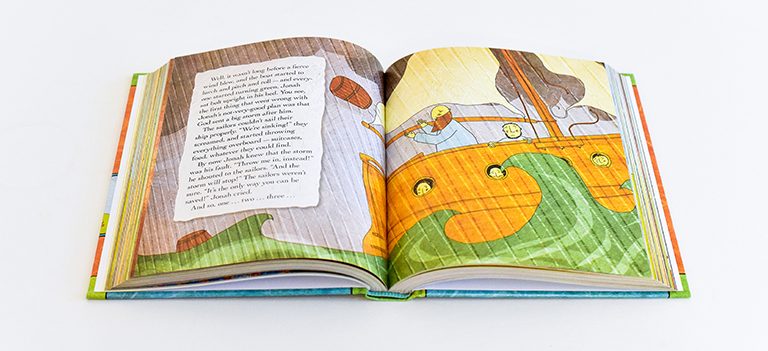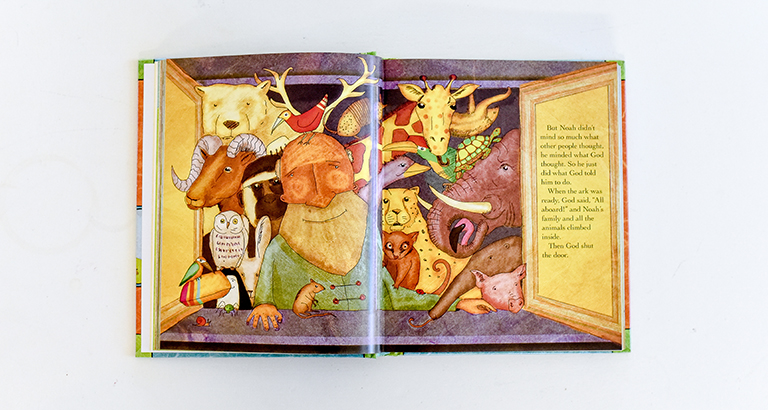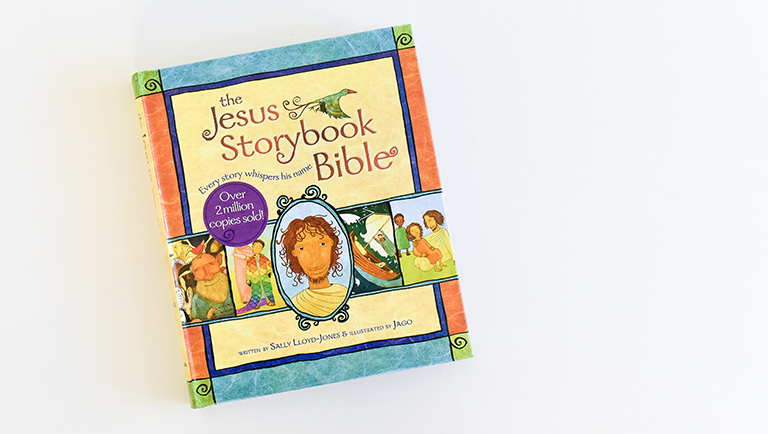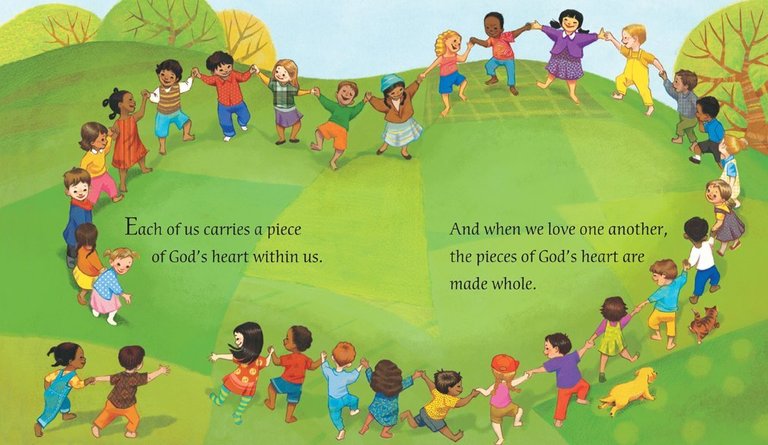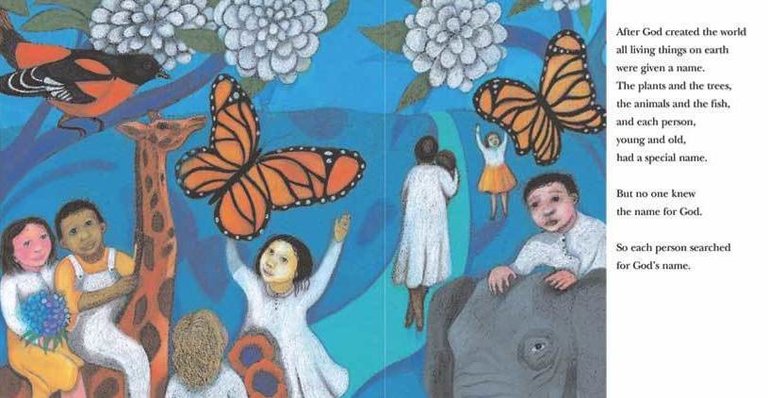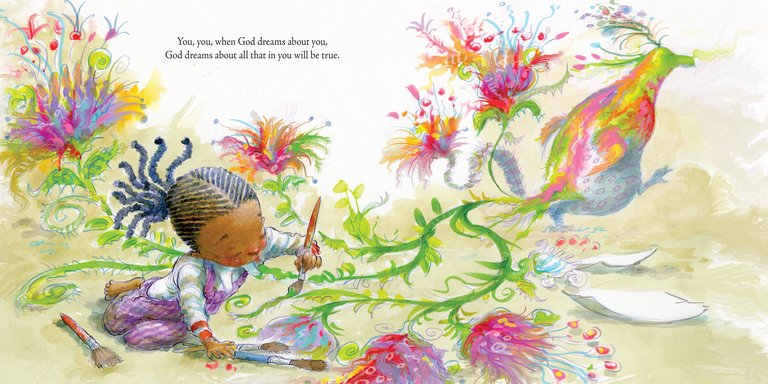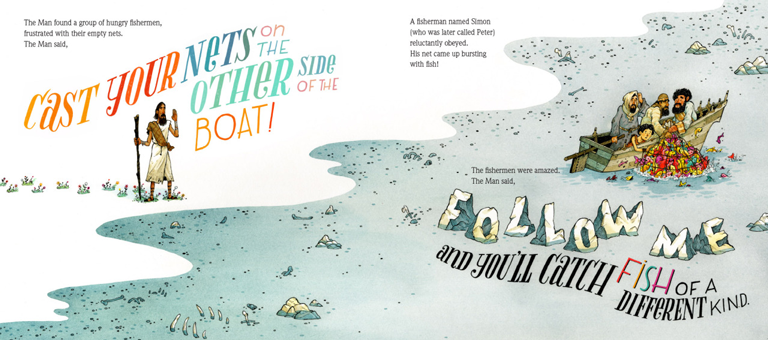– Rev. Meredith Keseley, Senior Pastor, Abiding Presence Lutheran Church, Burke, VA
Since 2015, Illustrated Ministry has been providing families with Advent devotionals to use at home; some use them with their churches, as well!
Below you’ll find an example of an Advent for Families resource from a few years ago, which is no longer available. However, we have many different themes to choose from, which you can browse here.
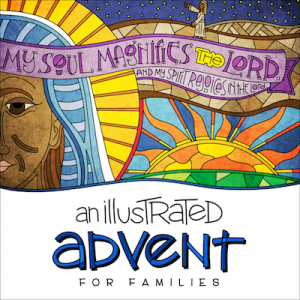
An Illustrated Advent for Families is a way to slow down, to ask questions, to have fun, to be intentional about how you spend your time, and to try new things. There are coloring pages for your children, but we’ve often found that parents enjoy coloring them as much (if not more…) as their children enjoy the coloring. There are simple but meaningful devotions for families to do throughout Advent, an Advent Wreath activity, and our Advent Calendar.
Keep reading to learn a bit more about the activities in this year’s edition, and to hear testimonials from people who have used our previous editions of An Illustrated Advent for Families.
– Elise Erikson Barrett, Consultant with Indianapolis Center for Congregations
Family Advent Devotional

This year, our family devotions will walk participants through Advent by focusing on a different Advent hymn each week. The hymns will be accompanied by a set of Advent scripture texts and the traditional Advent themes of Hope, Peace, Joy, and Love.
Incorporated into the devotion is a time for coloring the Advent Wreath candles if you would like to do so, however that can also be used as a stand-alone activity.
These weekly devotionals are written so they can be used by children of all ages (and adults as well), and we believe you’ll find questions and discussion topics in each of the devotionals that will work for your children, no matter the age. Each devotion includes scripture, an Advent hymn to listen to, a brief reflection and discussion questions, an activity a family can do over the week and a short prayer.
– Emily Barlow, volunteer worship planner at The Well, Long Beach, MS
Coloring Pages
Obviously, we love coloring here at Illustrated Ministry. But it’s not just that we like getting messy with markers and crayons. It’s really the conversations that happen when you’re coloring that we treasure.
If you’ve used any of our products and resources before, you may have experienced some of these types of conversations with children. When they’re immersed in coloring, you’ll be amazed at what they will share with you.
Our coloring pages for this year’s Illustrated Advent for Families follow the traditional Advent themes of Hope, Peace, Joy, and Love. But they also connect with the Advent and Christmas hymns (some of which may be new to you) and you’ll find lines from the hymns incorporated into the coloring sheets as well.
– Jenna Campbell, Director of Children and Youth Ministry, First Presbyterian Church, Stillwater, OK
Illustrated Advent Wreath
This year, we invite you to create your own Illustrated Advent Wreath to aid you as you travel through Advent on your own or with your family. Each week of Advent, you will have the opportunity to color an Advent candle as you read through the devotional materials.
We encourage you to cut out the candles and display them in a creative way (make a poster, hang them on your refrigerator, post them near your doorway) to help you remember and reflect on Advent throughout the week. Or you can use our paper “wreath” and place each of the candles on the appropriate circle. It is our hope that our Advent resources will deepen your faith and connection with God and your family as you journey together through Advent.
– Courtney Willis, part-time contract minister with young parents, First Baptist Church, Greensboro, NC
Advent Activities for Families
While many Advent calendars today come with the promise of chocolates or toys behind each of the numbered doors, this Advent calendar is a little different. Our Advent calendar is more of an activity calendar — activities that can help you get into the Advent and Christmas spirit. Some of these activities will be great for your kids to do by themselves—others will require the whole family. And there are some activities that require you to get out of your house and go into your community.
We think these activities will be a lot of fun for your kids and your family and maybe some of the prompts will cause you and your family to get creative and make up other activities on your own.
Each of the weeks of Advent has a different theme and focus, and we hope that this will provide you with meaningful ways to get into the Christmas spirit.
– Deb Scoble, Authorised Lay Minister (Worship Leader), St Mary-the-Virgin Dover, Kent, United Kingdom
We hope you’ll take some time to check out An Illustrated Advent for Families, and let us know if you have any questions.



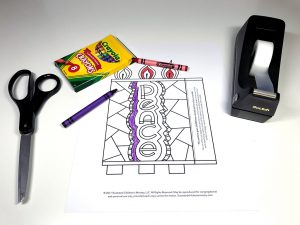






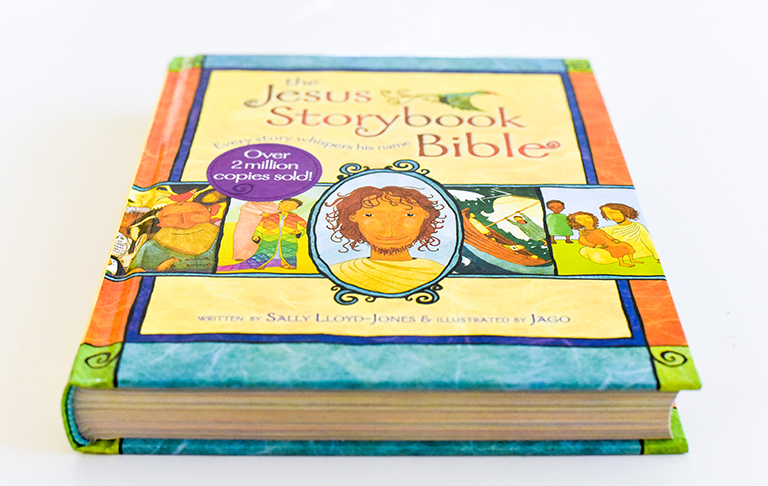 Quick Facts about The Jesus Storybook Bible
Quick Facts about The Jesus Storybook Bible